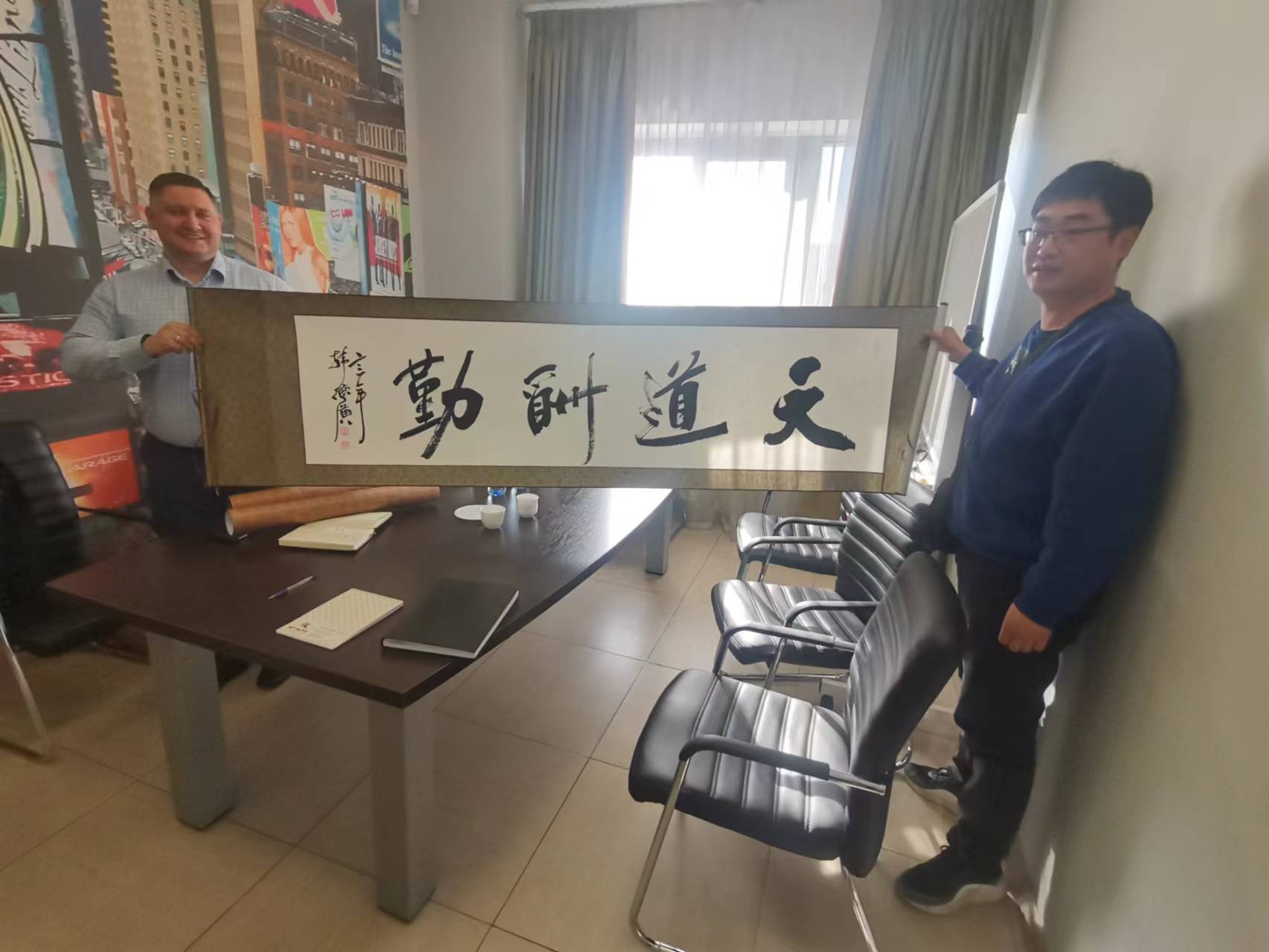Sep . 28, 2024 21:37 Back to list
Vibration Analysis of Brake Drums and Its Impact on Performance and Safety
Understanding Brake Drum Vibration Causes, Effects, and Solutions
Brake systems are crucial components in vehicles, ensuring safety and performance. Among the various elements that make up a braking system, the brake drum plays a significant role, particularly in drum brake configurations. However, brake drum vibration is a common issue that can lead to performance degradation and safety concerns. This article explores the causes, effects, and solutions related to brake drum vibration.
What is Brake Drum Vibration?
Brake drum vibration refers to the oscillation or shaking of the brake drum during operation. This phenomenon can occur due to various factors, often leading to a compromised braking performance. When the brake pedal is engaged, brake shoes press against the inner surface of the drum to create friction. If the drum vibrates excessively, it can affect the vehicle's handling, increase wear on components, and potentially lead to brake failure.
Causes of Brake Drum Vibration
1. Warpage One of the primary causes of brake drum vibration is warpage, which occurs when the drum becomes uneven due to excessive heat. This heat can result from continuous heavy braking, such as in mountainous driving or frequent stop-and-go traffic. Warped drums can create uneven contact with the brake shoes, leading to vibrations.
2. Improper Installation If the brake drums are not installed correctly, it can lead to misalignment. This misalignment can create uneven force distribution during braking, resulting in vibrations. Similarly, loose or improperly torqued mounting hardware can lead to instability.
3. Worn Components As with any mechanical system, wear and tear can lead to issues. Worn brake shoes, wheel bearings, and other components can contribute to brake drum vibration. When parts are worn, they may not fit properly, leading to excessive movement and vibrations.
4. Contamination Brake components can become contaminated with grease, oil, or other substances. This contamination can reduce the coefficient of friction between the brake shoes and the drum, causing the brake system to work less effectively and potentially result in vibrations.
5. Excessive Runout Runout refers to the deviation of the brake drum surface from a perfect circle. If there is excessive runout, it can cause parts of the brake shoes to engage and disengage intermittently, leading to vibrations during braking.
Effects of Brake Drum Vibration
brake drum vibration

The effects of brake drum vibration can be both immediate and long-term. In the short term, drivers may experience a pulsating sensation in the brake pedal or a shuddering throughout the vehicle when braking. This can be distracting and may indicate a problem that needs addressing.
In the long term, if brake drum vibration is left untreated, it can lead to uneven wear on brake components, reduction in braking efficiency, and even complete brake failure
. Additionally, excessive vibrations can cause stress on suspension components, wheel bearings, and other parts of the vehicle, leading to further mechanical issues and costly repairs.Solutions to Brake Drum Vibration
Addressing brake drum vibration involves identifying and correcting the root causes. Here are some potential solutions
1. Regular Inspection and Maintenance Routine inspections of the braking system can help catch issues like warpage or worn components before they become serious problems. Replacing worn parts and ensuring that drums are machined correctly can significantly improve performance.
2. Correct Installation Proper installation of brake drums and associated hardware is essential. Mechanics should ensure that drums are mounted securely and aligned correctly to avoid misalignment-induced vibrations.
3. Avoiding Overheating Drivers can help prevent brake drum warpage by avoiding excessive brake use, especially during prolonged descents or in heavy traffic. Using engine braking can help reduce the load on brakes in such situations.
4. Cleaning Components Keeping brake components clean from oil, grease, or dust can ensure optimal performance and reduce the risk of contamination-induced vibrations.
5. Using Quality Parts Investing in high-quality brake components can lead to better performance and longevity, reducing the chances of vibrations occurring.
Conclusion
Brake drum vibration is a common but serious issue that can affect vehicle safety and performance. Understanding its causes, effects, and solutions allows both vehicle owners and technicians to address potential problems effectively. By prioritizing regular maintenance and adopting best practices in installation and driving habits, the risks associated with brake drum vibration can be significantly minimized, ensuring a safer driving experience.
-
Brake Drum Man - High-Quality Drum Brake Drums & Brake Shoes for Reliable Performance
NewsJun.24,2025
-
High-Quality Brake Drum Kamaz – Durable Drum Brake Drum & Brake Shoe Replacement
NewsJun.10,2025
-
High-Quality Brake Drum Liza for Drum Brake Systems - Superior Durability and Performance
NewsJun.10,2025
-
High-Quality Brake Drum Kamaz – Durable Drum Brake Drum & Brake Shoe Solutions
NewsJun.10,2025
-
Durable Kamaz Brake Drums High-Performance Truck Parts
NewsJun.09,2025
-
Premium Brake Drum Maz Kit with Shoes Enhanced Braking
NewsJun.09,2025
